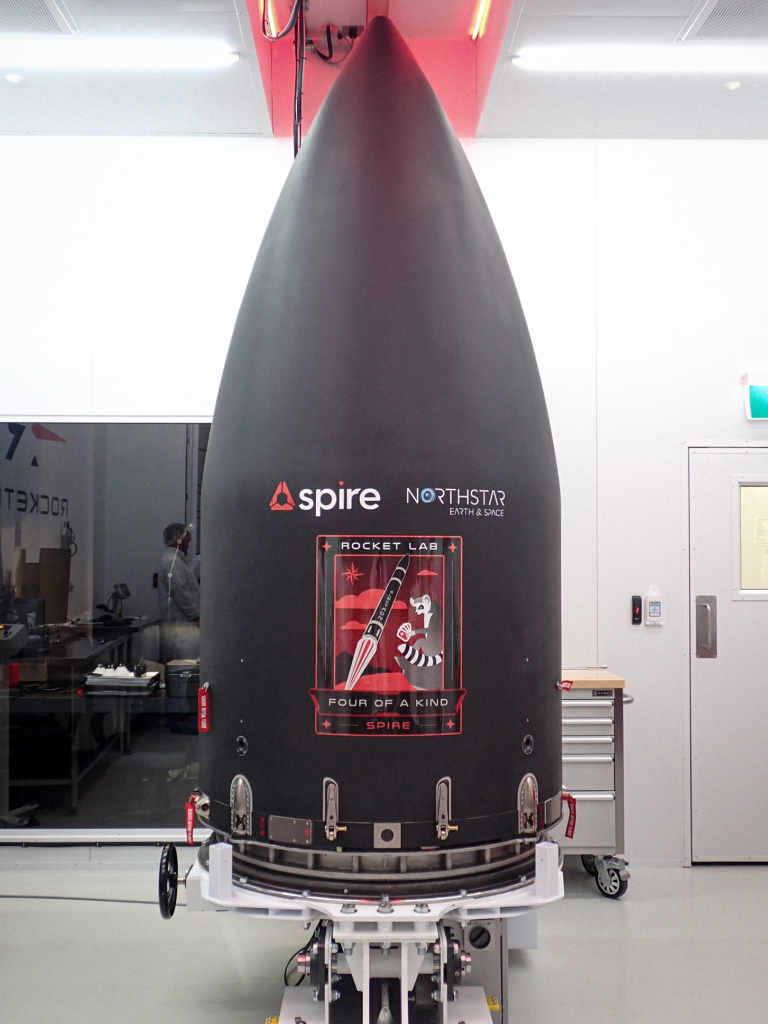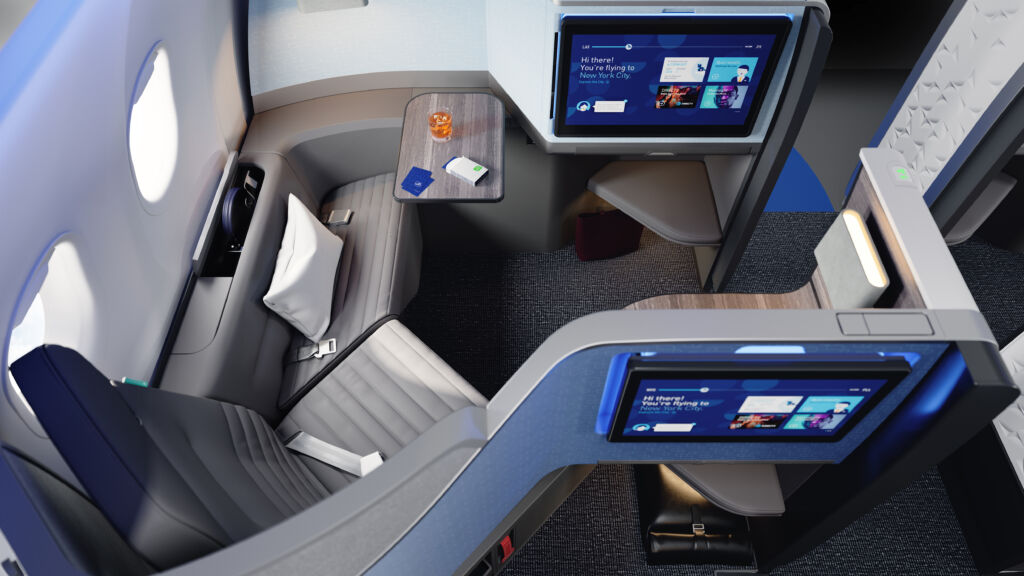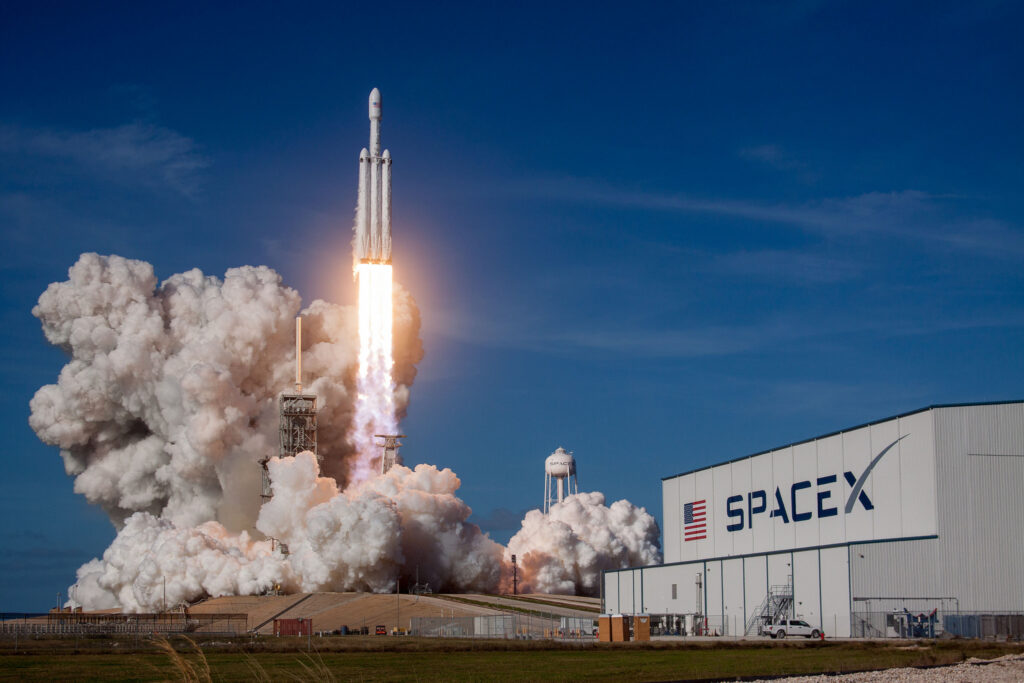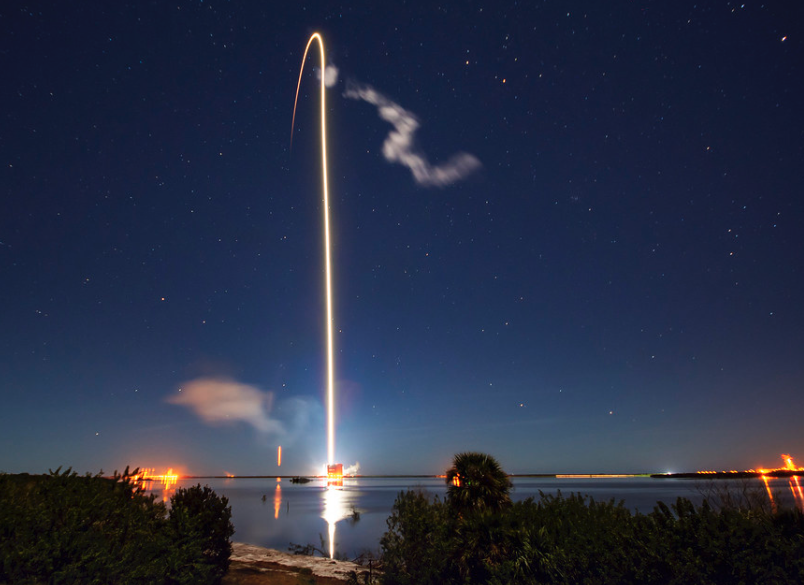Rocket Lab to launch space situational awareness mission
Long Beach, California. January 08, 2024 – Rocket Lab USA, Inc. (Nasdaq: RKLB), a global leader in launch services and space systems, today announced it has set the launch window for its first mission of…




